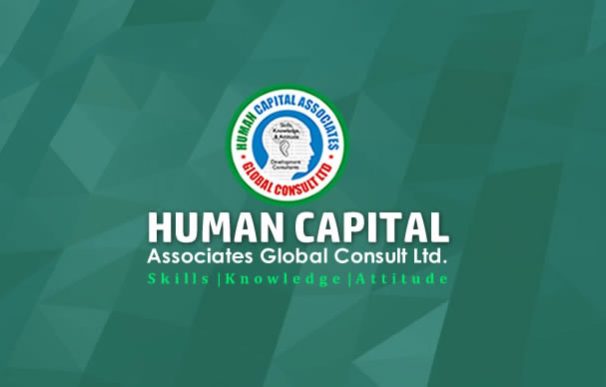Workshop on Relief & Flare System
Successful organizations recognize that critical thinking and creative solutions to problems significantly enhance business potential.
Program Overview:
This intensive course provides a comprehensive overview of relief and flare systems for oil and gas processing facilities. The course begins with the need for pressure control/overpressure protection, continues with the key engineering and design aspects including code considerations, and concludes with selecting and sizing the components of a relief and flare system. The material of the course is applicable to onshore field production facilities, pipelines, gas plants, terminals, refineries, and offshore production facilities. The use of dynamic simulations for relief load determination is discussed and demonstrated.
For Whom:
This program is specifically designed for Engineers responsible for designing, operating, and maintaining relief and flare systems in oil and gas facilities.
Learning Objectives:
At the end of the program, participants will be able to:
- explain codes and standards used in relief systems;
- mitigate relief, such as HIPPS;
- define the possible relief scenarios and calculate their relief loads;
- list commonly used pressure relieving devices, and how to size them;
- calculate relief valve inlet losses;
- fix relief valve excessive inlet losses;
- size relief valve outlet piping and flare headers;
- calculate relief valve backpressure and how to size flare ko drums;
- calculate flare stack height based on radiation limits;
- Know and explain flare gas recovery systems;
- list flare ignition systems that are available; and
- use dynamic simulation for calculating relief loads.
Course Outline:
Day 1: An Overview of Relief & Flare Systems
- Overview of typical relief and flare systems and key components
- Codes and standards as well as good practices typical in oil and gas facilities
- Safety implications and causes of overpressure
Day 2: Characteristics & Application of Relief Systems
- Overpressure protection philosophy including source isolation and relief
- Determination of relief requirements and defining set point pressures
- Types, applications, and sizing of common relief devices
- Case Studies/Group Presentations
Day 3: Specifications
- Blowdown/depressurizing – purpose and design/operational
considerations
- Design and specification considerations for relief valves
and header
systems, including fluid characteristics, services conditions,
material selection, and header sizing
- Environmental considerations
- Case Studies/Group Presentations
Day 4: Characteristics & Application of Flare Systems
- Radiation calculations and the impact of flare tip design
- Selection and sizing of key components: knockout and
seal drums, vent/flare stack, vent/flare tips, and flare
ignition systems
- Defining need and quantity of purge gas
- Case Studies/Group Presentations
Day 5: Operations & Maintenance
- Flare gas recovery, smokeless flaring, and purge
gas conservation
- Operational and troubleshooting tips
- The use of dynamic simulations to determine relief loads
- Case Studies/Group Presentations
Training Methodology
Lectures, discussions, exercises, and case studies will be used to reinforce these teaching/learning methods.
Related Courses





